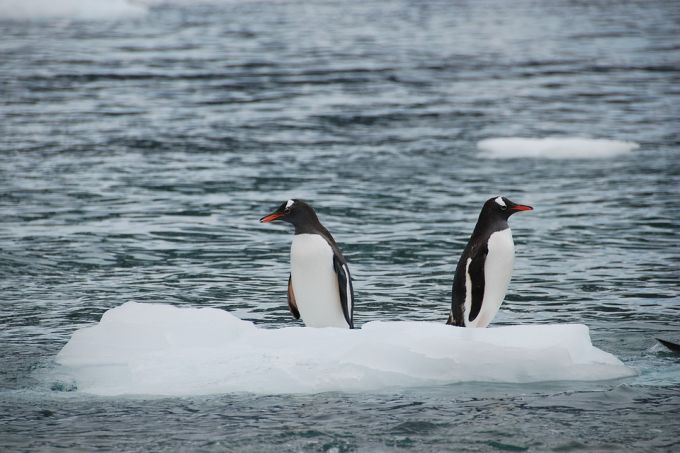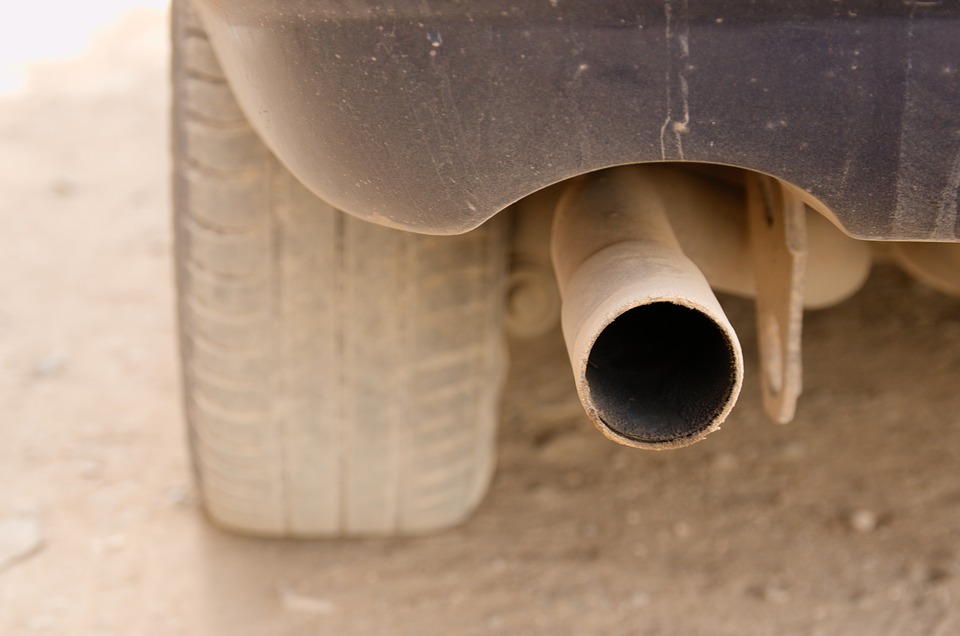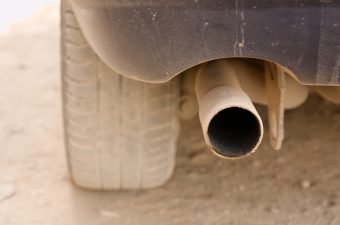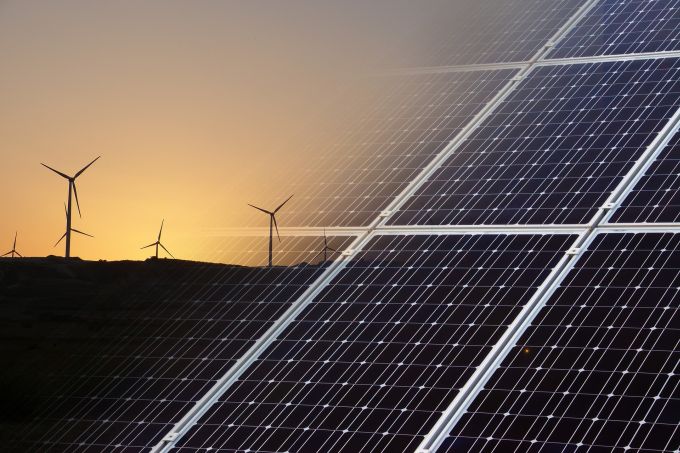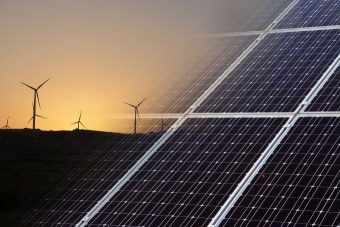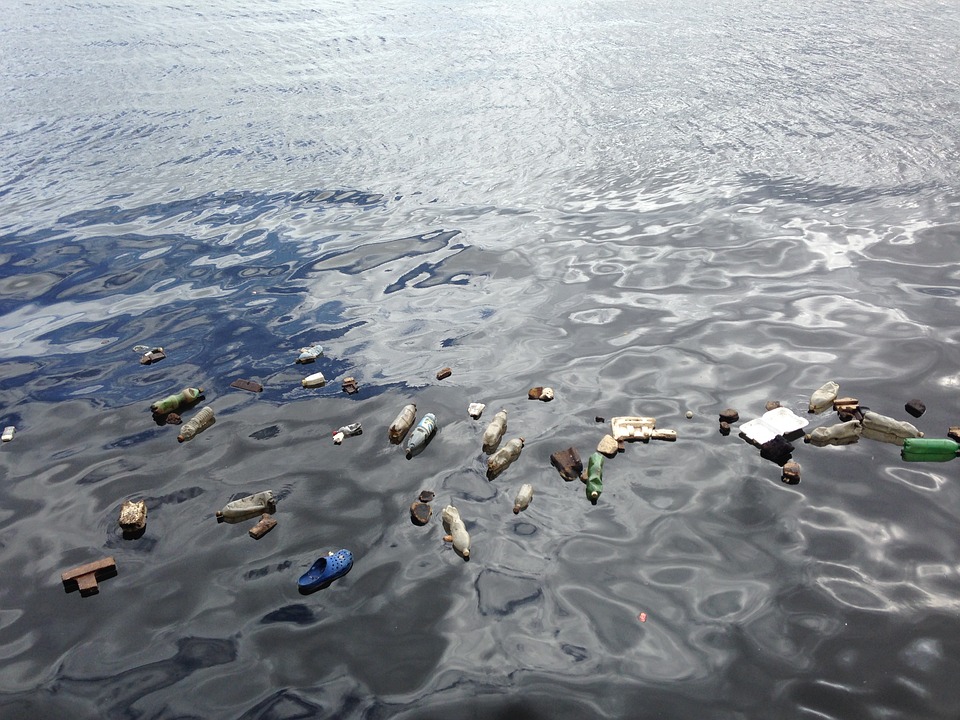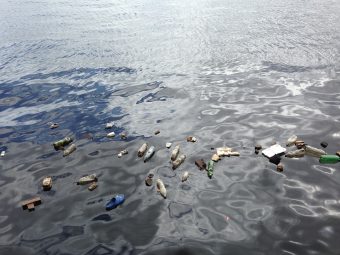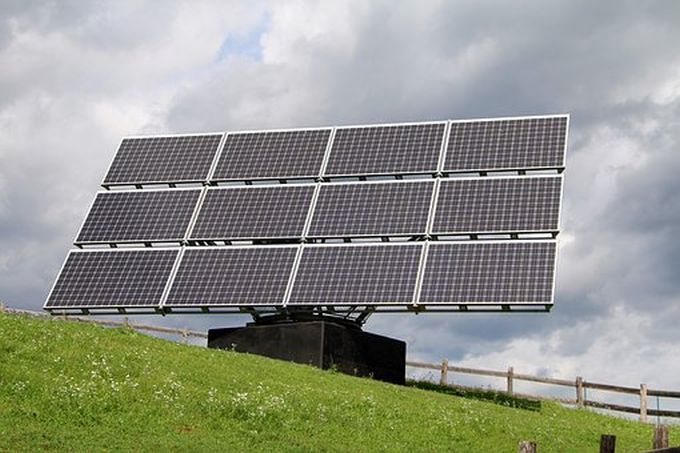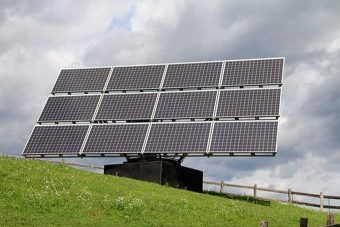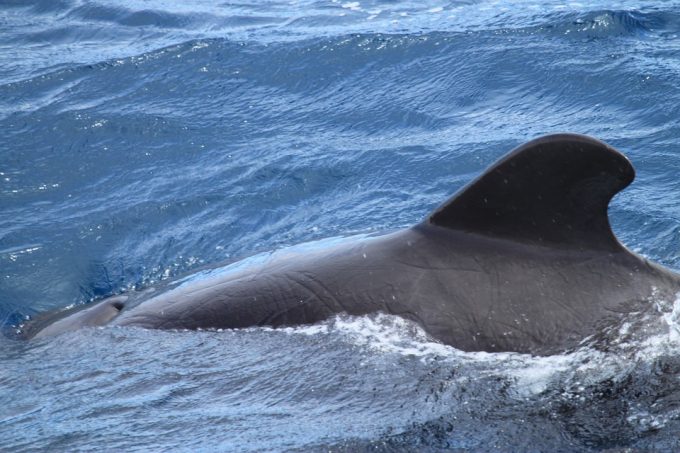Pope Francis has told oil company chiefs that the world must switch to clean energy because climate change risks destroying humanity.

“Civilisation requires energy, but energy use must not destroy civilisation,” he said at the end of a two-day conference at the Vatican.
The pontiff said climate change was a challenge of epochal proportions, and that the world needed to come up with an energy mix that combatted pollution, eliminated poverty and promoted social justice.
The unprecedented conference, held behind closed doors at the Pontifical Academy of Sciences, brought together oil executives, investors and Vatican experts. Like the pope, they back scientific opinion that climate change is caused by human activity and that global warming must be curbed.
“We know that the challenges facing us are interconnected. If we are to eliminate poverty and hunger … the more than 1 billion people without electricity today need to gain access to it,” Francis told them.
“But that energy should also be clean, by a reduction in the systematic use of fossil fuels. Our desire to ensure energy for all must not lead to the undesired effect of a spiral of extreme climate changes due to a catastrophic rise in global temperatures, harsher environments and increased levels of poverty,” he said.
Source: Guardian











